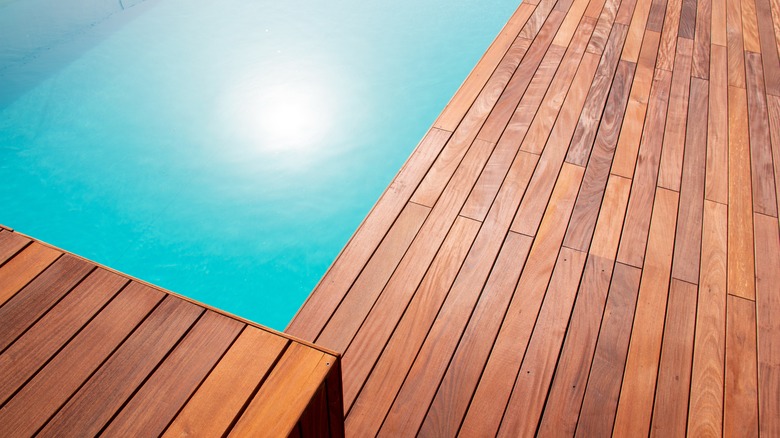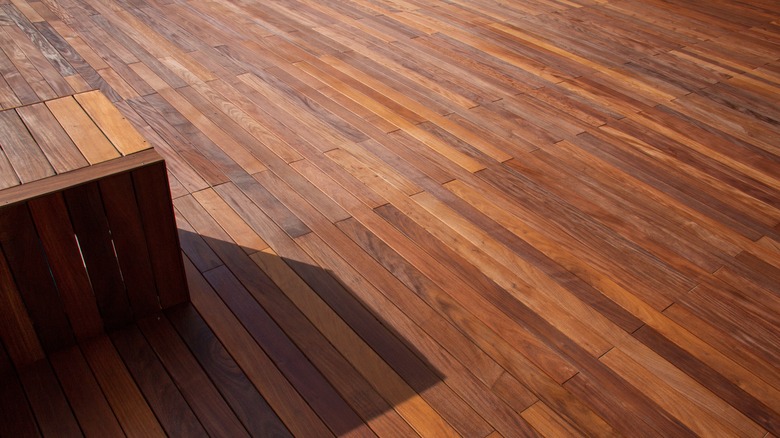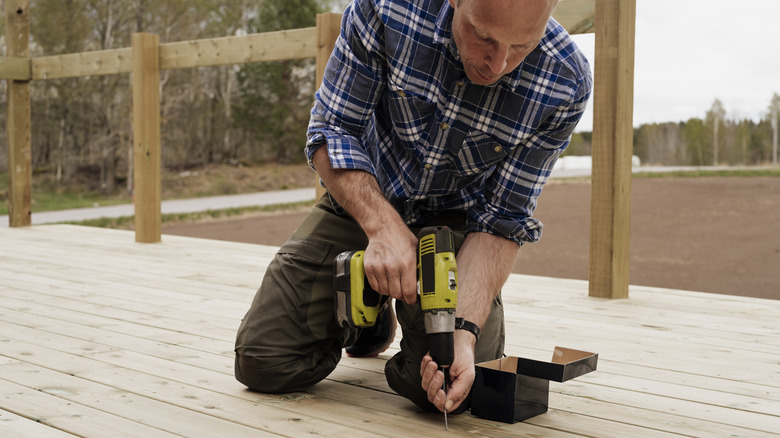Common Issues You Might Encounter With Ipe Wood Decking
When you are working on enhancing the living space outside your home, finding tips to build the perfect deck is a significant help. Focusing on a beautiful design is important, but you also want to avoid making mistakes when designing your deck. Some errors can leave you with an area that's difficult to maintain, while others can just create a space that doesn't look great, especially considering what you paid for it. If you are considering using Ipe wood, it's important to understand that this material, although beautiful and durable, has some disadvantages that could leave you wishing you had tried to use something else.
One of the biggest drawbacks to using Ipe wood for your decking is that it is extremely hard. If you are doing the installation yourself, you may find that Ipe is difficult to cut to the proper size, which makes the installation process tough. To avoid issues with fragmentation and splintering, you often must pre-drill the holes for the screws. You need high-quality tools with plenty of power to handle the drilling process. Some battery-powered tools may be inadequate. You may even find that some of your drill bits become dull, forcing you to replace them.
When compared to other types of wood used for decks, Ipe is one of the hardest on the Janka scale, which measures denseness. Ipe measures 3,600 on the scale, while pressure treated pine measures 690, meaning the pine is easier to cut and drill than Ipe.
Other drawbacks to selecting Ipe wood for your deck project
Ipe, which is pronounced like e-pay, comes from Ipe trees in forests in South America and Central America. Some people call it Brazilian Walnut. The wood has a unique look versus more commonly found options, as it offers darker colors like black, brown, and reddish brown, giving it a rich and hearty look and feel. The fact that it's not found natively in North America drives up the cost when it's used in the United States for projects. You can expect to pay between $9 and $16 per square foot for Ipe wood materials. This is significantly higher than pressure-treated pine, which costs between $2 and almost $4 per square foot.
It is important to note that Ipe lasts a long time, up to 75 years, which is about double the 40-year expected lifespan of pressure treated pine. This means your initial investment in the pricier Ipe will last longer, giving you good value. Using the higher-quality and pricier material on the deck could potentially increase the resale value of your home if you ever end up moving.
Even though Ipe wood decking doesn't require a lot of maintenance, one downside is that you must apply a UV coating regularly. Otherwise, you may notice that the ends of the boards will crack from UV exposure, which is a process called checking. You should also allow the boards to acclimate to your environment before installation to prevent checking.
What are some options to make it easier to have an Ipe deck?
You can still create a deck that consists of Ipe , or at least looks like it, without having to deal with some of these drawbacks. For starters, if you have concerns about building the deck yourself because of the difficulty of cutting and drilling the material, you can hire a pro to do the work for you. Expect to pay anywhere from $3,500 to almost $10,000 for an Ipe wood deck, including materials and labor.
Perhaps the easiest way to avoid most of the drawbacks of using Ipe when constructing your deck is to go with a non-natural material that looks like Ipe. PVC decking is available that looks the same without the same cost and installation headaches. PVC planks require minimal maintenance, which is another benefit, and they give you a lifespan of more than 50 years, which is close to Ipe. You can expect to pay between $5 and $13 per square foot for PVC materials, which is less than the real thing.
However, even though PVC can be made to look almost identical to Ipe, it's not real wood. Even though the design is impressive in PVC, this synthetic material just cannot precisely match the natural grains found in actual wood. You may worry about the possibility of scratching, fading, or accumulation of stains over the lifespan of this material, and it's not as dense as Ipe.


